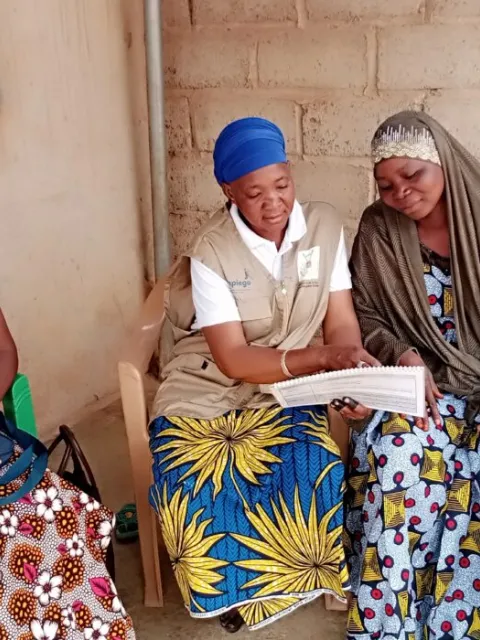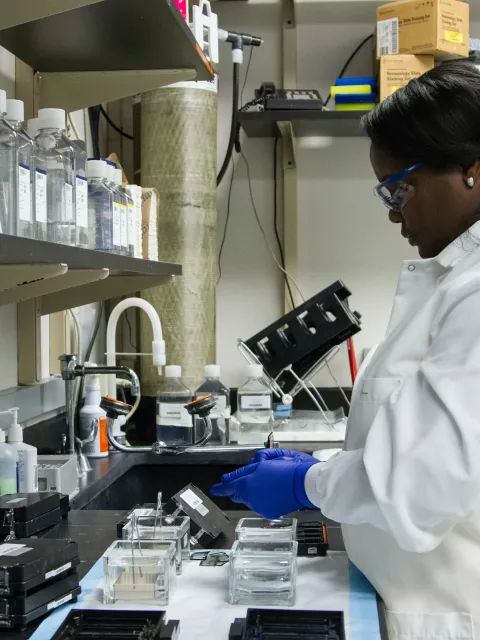The cost of cancer care in Canada: Debt is the side effect that people living with cancer don’t expect

Andrea Seale, CEO of the Canadian Cancer Society, explains how the financial burden of cancer treatment in Canada is a lesser-known but significant side effect, including depleted savings, debt, and job loss, despite the country's universal healthcare system.
The side effects of cancer treatment are well known: nausea, weight loss, hair loss, pain, and much more. But a lesser-known side effect, which hits you when you least expect it, is personal debt. The crushing cost of cancer is pushing many patients over the brink and into savings, debt, and handouts from friends and family.
These costs are borne by people with cancer, even in a country like Canada where we are known for having a universal healthcare system. How is that possible? While our healthcare system takes care of many costs, it doesn’t pay for everything. Many prescription and take-home cancer drugs aren’t covered and come with a shocking price tag. Patients often shoulder travel and accommodation costs, especially those living outside our major cities. They often pay for essentials like assistive devices, home care, onco-fertility support, and parking. The financial toll can be compounded by being unable to work or losing their job because of their illness.
In Canada, these costs add up to a staggering average of CAD 33,000 over a patients’ lifetime. Canadian cancer patients shoulder 20% of the cost of their cancer experience. That amounted to CAD 7.5 billion in 2024 alone. The first year following a diagnosis is the most financially draining, coinciding with a time when patients are the most physically and emotionally vulnerable.
What’s more, Canadians are being forced to borrow from their future to pay for their present. A recent survey from the Canadian Cancer Society found that nearly 80% of working-age Canadians (18-64) worry they would struggle to save for retirement if faced with a cancer diagnosis due to the substantial out-of-pocket costs that come with it.
These financial stressors can worsen health outcomes. Some patients delay or skip treatment due to costs. Those who need to work less or leave their job due to illness risk losing their health coverage and income.
Of course, CAD 33,000 is just an average. For many, that cost is much higher. Like so much in society, the burden isn’t shared equally. Those in rural and remote communities, individuals with lower incomes and First Nations, Inuit, and Métis populations bear the heaviest load.
The impact on real people
These aren’t just numbers; they represent real people. People like Natalie Lipschultz in British Columbia, who was let go from her job when she was at the height of her chemotherapy, leaving her without income at her most vulnerable. Or Steven Hodges in Ontario, who was forced to drain his savings to provide for his wife and young autistic son while undergoing debilitating treatment for his head and neck cancer. Or Harjeet Kaur in Alberta, who had to move to a larger city for her stem cell transplant, paying rent there as well as thousands of dollars for medications.
At the Canadian Cancer Society, we hear all the time from people with cancer who say their out-of-pocket costs are staggering. Some tell us that the financial burden was even more taxing than the physical and emotional impact of the disease itself. We have heard of patients passing along unused cancer medications on social media sites to others who either can’t get access to the drug or can’t afford them. We also heard the story of someone that had to move into a shelter because of their expensive medical costs and lost income.
Solutions
Despite all these troubles, Canada is still lauded as having one of the best healthcare systems in the world. We are fortunate to have access to public healthcare. Investing in this system is more than worthwhile – it is a crucial endeavor. Here’s how we start:
We need better coverage for cancer drugs. Treatment decisions should be based on what’s best for a patient’s health, not their ability to pay.
People with cancer should have access to things like lab fees, transportation, prosthetics, fertility preservation, and incontinence products, regardless of their ability to pay for these out of their own pockets.
Governments should give cancer patients peace of mind by guaranteeing their job security while they take the leave to undergo treatment and recovery.
The shortage of healthcare providers in Canada is a crisis. More doctors would mean more people are being seen regularly, which will help catch cancer earlier when it’s easier – and less costly – to treat.
Perhaps most importantly, we need to invest in early detection and screening, because we know it saves lives and health system dollars.
These are the kind of solutions in Canada that can help ensure everyone has the best chance at a long and healthy life. Perhaps they are solutions that could work in other countries as well.
Last update
Thursday 20 March 2025Share this page


